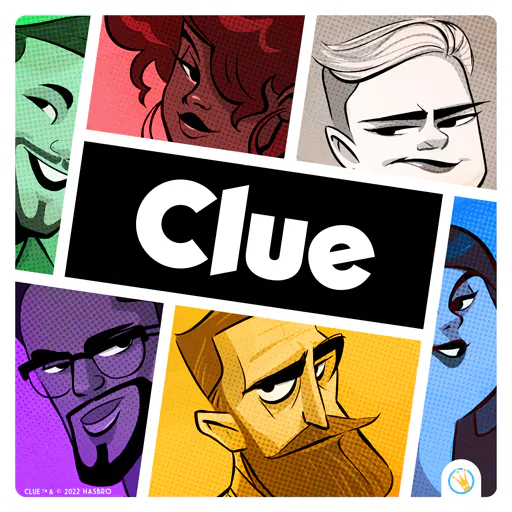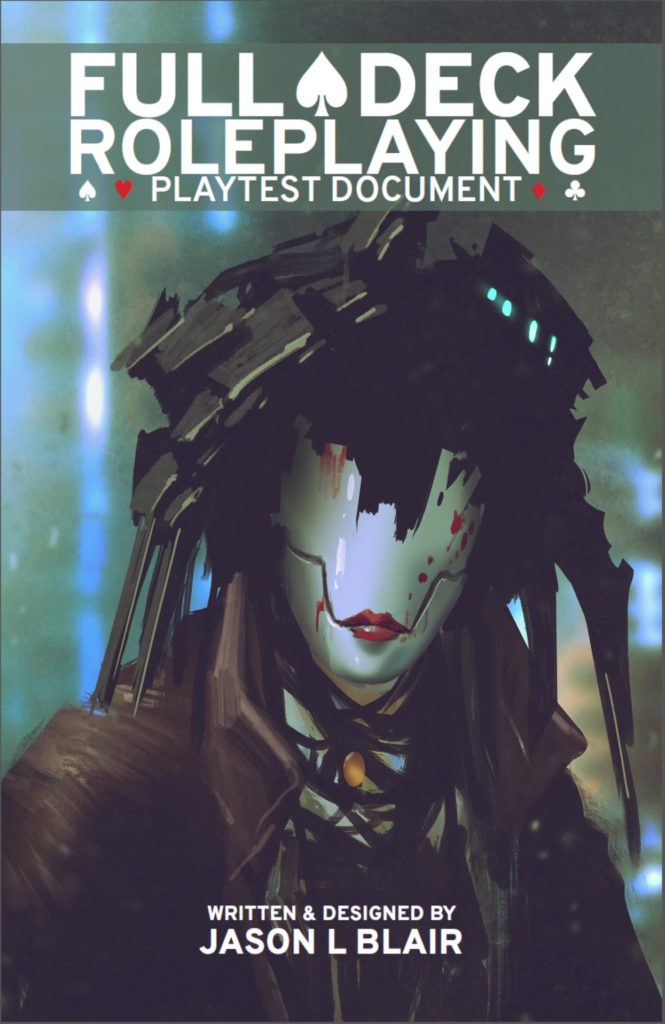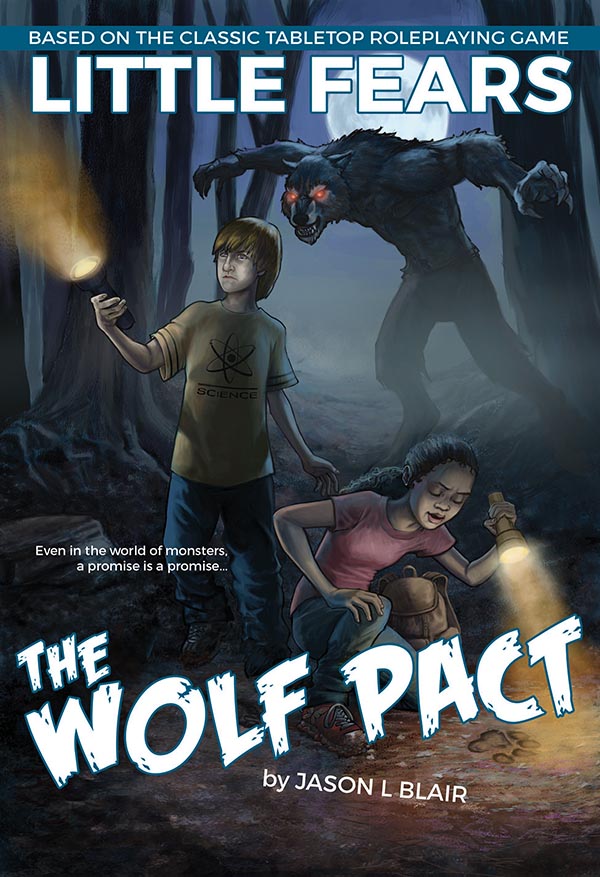The Three-Headed God
essays August 19th, 2010Over at his blog, Daniel M. Perez shares the stomach-twisting playtest premier of his first tabletop design, a reimagining of the popular roleplaying game Vampire.
Daniel’s travails at running his first design reminded me of the terror I felt when running my first game, Little Fears, for folks outside my gaming group. In fact, when Little Fears made its print debut at Origins 2001, I didn’t run a single game of it at the con. I recruited my friend Greg Oliver to do the heavy lifting there. I spent my time at the booth where I was busy learning the ways of convention selling, The Pitch, and answering questions about this strange new game, and fielding a truly humbling industry and retailer response to the game.
Truth is, I’ve only ever been comfortable running one of my own designs, the brilliant-but-canceled Normal, Texas. Even then, the first public game was gut-wrenching (shaking from nerves, sweating a truly uncomfortable amount, laughing a little too long at every funny comment, taking too much time to explain the system) but I eventually found my rhythm demoing that game. I developed a short script that explained the mechanics quickly. I learned to always start the demo in media res. I set up the scenario and got to “Okay, what do you do?” in under a minute. I developed a handful of scenarios and characters I used over and over to the point that I could, throughout play, suggest a variety of actions for players if they were stuck. (Read as: I cribbed from previous sessions featuring that same character played by other people.) That became my demo paradigm. But Normal, Texas is a bit of an anomaly; I’ve never developed that same level of comfort with any other design of mine—no matter how much I’ve played the game.
I get requests to run Little Fears at conventions and I oblige where I can. But I’m not the best person for the job. I think that’s okay. Because designing and demoing are entirely different skill sets. Designing and selling are different skill sets as well. Yes, though closely related, demoing and selling are also different skill sets. Only a three-headed god would be great at all of them. But all are put to the test in the convention environment, moreso than anything else that went into the creation of the game.
In the tabletop world, you learn a lot of different skills, from editing to layout to print buying to conventioneering and only a few people truly excel at all of those. They’re crafts that, if you’re not a natural (and, man, who is), you need to study and nurture to really get good at them. When first starting out, you can only put your focus on so many of those things. If you’re a game maker, you focus on design which is the most important. You want a beautiful product, which will help move your game, so art direction and layout are important as well. If you want your book on shelves, learn your options for wholesale and retail representation.
That’s a lot to learn and that’s only half of it. Once you get a feel for all this, you start to learn your strengths and weaknesses in each field. The bold move is to learn it all. Dive right in; take on every responsibility as your own. It’s bold, yeah. It’s also dumb. That’s what I did and I don’t recommend it. Not at first, certainly, and maybe never. Since I was doing so much, I couldn’t devote the time necessary to truly excel at any one skill. My knowledge was broad, yes, but thin.
There’s no shame in handing off a design to someone else whose willing to demo your game. This goes for playtesting as well. Sure, you want the most direct and pointed feedback at that stage but you may not be the person who is best equipped to get that information.
You haven’t failed because someone else is better at selling your game than you are. There’s a reason the big companies have demo teams and salespeople. There’s a reason your favorite designer may not be running games at Gen Con or handling customers at the booth. It’s not (necessarily) because they’re aloof. They may just not be the best person for the job. Hey, they may be the worst person for the job. (Few things will turn off a potential sale faster than the overly-enthusiastic and tortuous hard sell that I’ve received from a fair number of designers.) You are probably not in a position to hire demo teams or sales reps but you probably have friends who can help out.
Along that same line, there are folks who are brilliant demo or sales people who aren’t great at design. And I’m not holding one above another here. As someone who has been in each position, those who are good at each skill are aces in my book.
I’ve been very fortunate in my career to have worked with top sales folk (calling out T.S. Luikart on this one) and demo people (looking at Caz Granberg here). They both (and others) have made this mid-level designer look good. To all my fellow designers who are also not three-headed gods, I hope you find good people as well (which may be the single best skill of them all).



September 1st, 2010 at 7:31 am
What’s Normal, Texas about, Jason?
September 1st, 2010 at 9:32 am
The setting is a small town in 1950s Texas that is the epicenter of weirdness for the world. The system is based on cinematic tropes, designed for fast-paced gaming with large amount of the bizarre. It’s one of my favorite designs (and I ran it this past weekend, in fact).
September 6th, 2010 at 10:05 am
Where can I get it? 😛